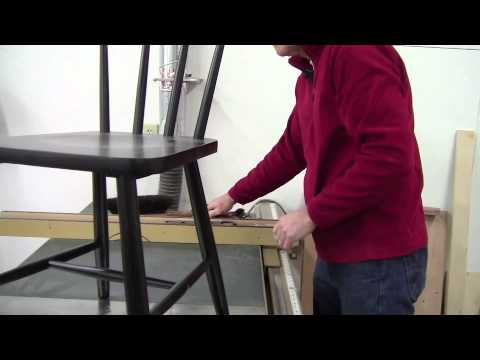Puppets are still very much a thing, according to this American Theatre article. Scott Cummings checks in on some of the companies, festivals, and books dealing with puppetry in a contemporary context.
The costume shop at PlayMakers Rep is working on the enviable task of recreating costumes for the Museum of Science Fiction. Rachel Pollock takes us through the steps of making Neo’s costume from The Matrix.
Popular Woodworking magazine brings us this awesome process for faking antique wood. It uses just paint, lacquer and a heat gun. No crazy chemicals or stains needed!
Propnomicon shows us some great primary research on “Things in a Jar”. If you’ve ever made preserved specimens, Britta Miller works at a museum specimen collection, and has kindly shared all kinds of visual and technical details about the actual jarring and labeling of things in jars.
Finally, Make Magazine shares top tips from 17 amazing makers. I wanted to point out one quote that many of us props people can relate to:
“He was giving the interviewer a tour of his shop, showing the towering shelves of carefully-sorted industrial junk. He said something like, ‘Properly sorted, this is a parts library and a useful tool. Unsorted, and it’s a pile of junk and a curse.'”

